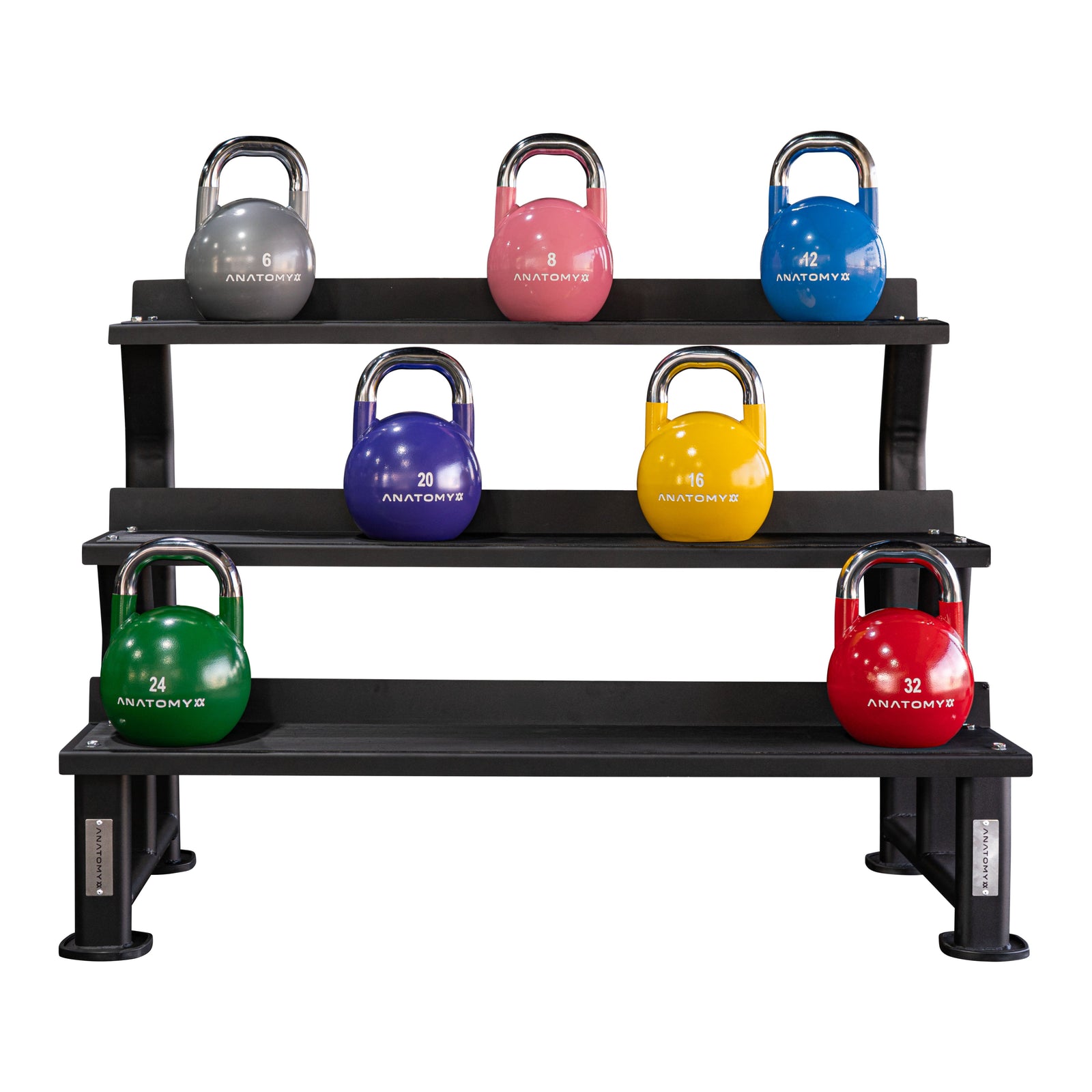For years, Saudi gyms have been a hub for traditional weightlifting, with barbells and dumbbells dominating the free weight areas. But a new, old-school tool has been steadily gaining ground and winning over athletes, trainers, and fitness enthusiasts across the Kingdom: the kettlebell.
This cannonball-shaped weight with a handle is at the forefront of the functional fitness movement, and its rise in popularity is no accident. From Riyadh to Jeddah, more gyms are embracing kettlebells as a versatile and incredibly effective tool for building a more athletic, resilient, and powerful body.
So, why are kettlebells so popular, and what makes them different from the weights you're used to?
The Unique Benefits of Kettlebell Training
Kettlebells are not just another type of weight; they are a training system in and of themselves. Their unique shape and off-center weight distribution force your body to work differently, engaging stabilizer muscles and integrating your entire body into every movement.
-
Boosts Functional Strength: Kettlebell exercises, particularly the core movements like swings and snatches, are all about "functional" strength—the kind of strength you use in everyday life.They teach your body to move as a single unit, improving coordination and power that translates directly to sports, daily activities, and a reduced risk of injury.
-
Improves Cardiovascular Endurance: Many kettlebell workouts are a blend of strength and cardio.A high-rep set of kettlebell swings can elevate your heart rate and challenge your cardiovascular system as much as a run or a HIIT session.7 This makes them a time-efficient tool for improving both muscular endurance and aerobic fitness simultaneously.
-
Enhances Core Stability: Because the weight is always shifting, your core muscles—including your abs, obliques, and lower back—are constantly engaged to keep you stable.9 This leads to a stronger, more resilient core that supports your entire body during all types of movements.
-
Increases Grip Strength: The thick handle of the kettlebell is a fantastic tool for developing powerful grip strength, which is essential for everything from a strong handshake to lifting heavier weights in other exercises.
Kettlebells vs. Dumbbells and Barbells: A Key Comparison
To truly appreciate the kettlebell, it's helpful to understand how it fits into the broader world of strength training. While dumbbells and barbells are excellent for traditional bodybuilding and powerlifting, kettlebells fill a critical gap.
| Feature | Kettlebells | Dumbbells | Barbells |
| Primary Goal | Functional strength, power, and cardio endurance | Muscle isolation, hypertrophy (muscle growth) | Maximum strength and muscle mass |
| Movement Style | Ballistic, dynamic, and fluid movements (swings, snatches) | Controlled, single-plane movements (curls, presses) | Fixed, bilateral compound movements (squats, deadlifts) |
| Center of Gravity | Off-center; requires more stabilization and core engagement | Evenly distributed; easier to control | Evenly distributed; allows for heavy, stable lifts |
| Space Required | Very little; a single kettlebell can provide a full-body workout | Moderate to high; a full rack is needed for variety | High; requires a rack and floor space |
The Takeaway: The kettlebell is not a replacement for a barbell or a dumbbell; it is a powerful complement. Use a barbell for building pure, raw strength, dumbbells for targeting specific muscles and correcting imbalances, and kettlebells for improving your overall athleticism, power, and endurance.
Essential Safety Tips for Kettlebell Training
For gym owners and individual athletes alike, proper form is non-negotiable. The dynamic nature of kettlebell exercises means that poor form can lead to injury.11
-
Start with the Basics: Before you attempt any advanced movements, master the kettlebell swing. This hip-hinge movement is the foundation of almost all other kettlebell exercises.
-
Don't Go Too Heavy, Too Soon: When you're new to kettlebell training, choose a weight that allows you to focus entirely on your form. You can always increase the weight later.
-
Engage Your Core: Throughout every exercise, keep your core tight and your spine neutral.13 Never use your lower back to lift the weight; the power should come from your hips and glutes.
-
Get Expert Guidance: The best way to learn proper form is from a certified kettlebell instructor.15 Most modern gyms in Saudi Arabia now offer classes or personal trainers who specialize in kettlebell movements.

